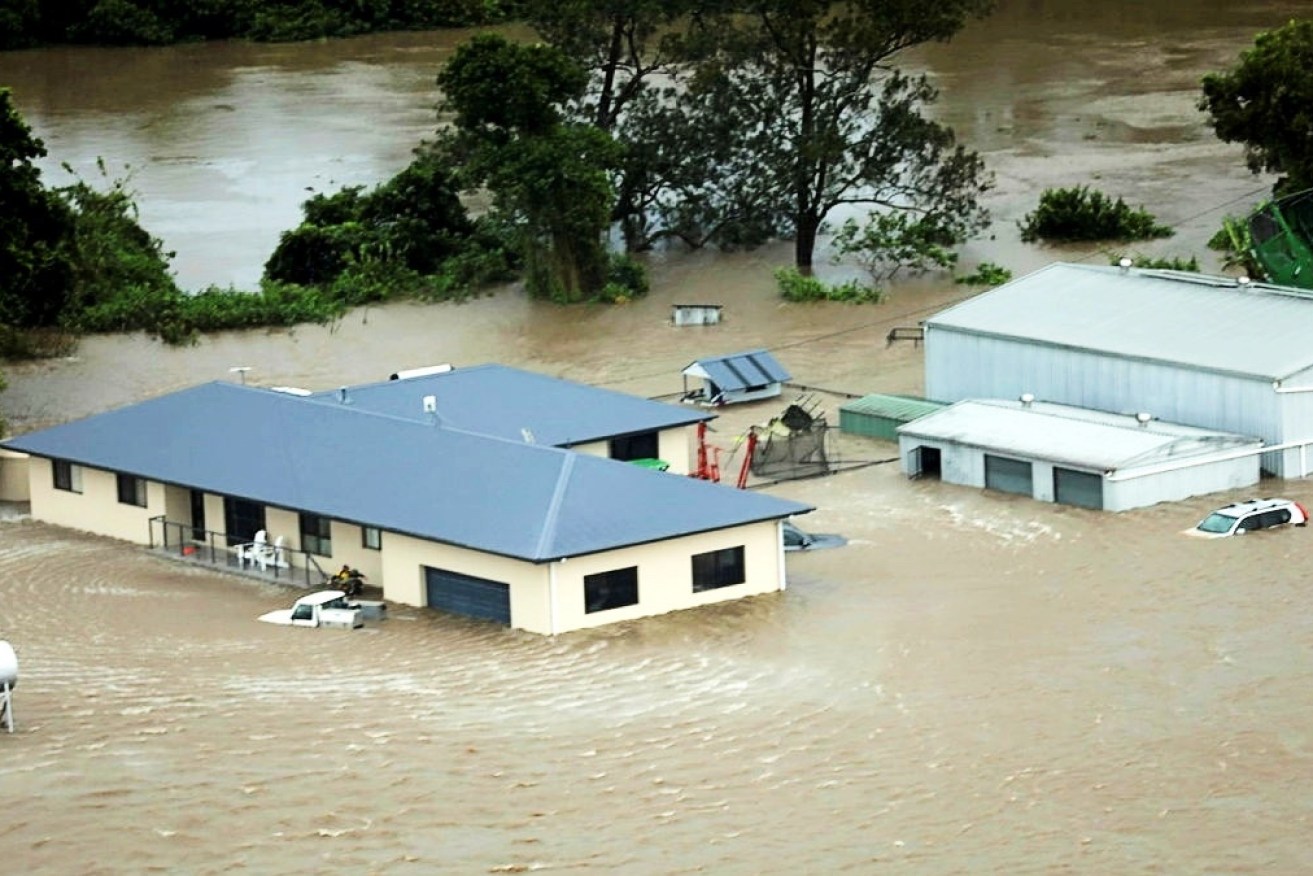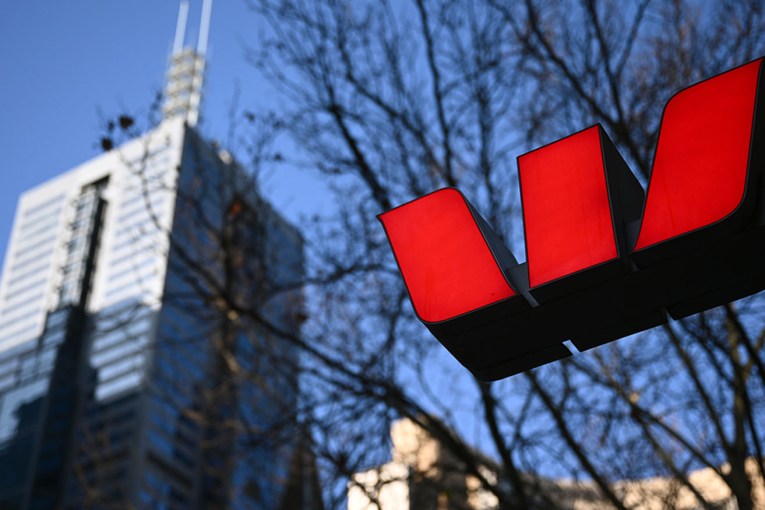‘Market failure’: Climate crisis to drive insurance reckoning as premiums soar


A dynamic threat to the planet on many fronts, climate change is responsible for droughts as well as floods. Photo: TND
The insurance industry faces a “looming market failure” amid fears Australians living in disaster-prone areas will be unable to afford to insure their homes against climate change, a new KPMG report warns.
As the damage bill from catastrophic floods in New South Wales and Queensland tops $2 billion, advisory group KPMG’s annual review of insurance finds Australians risk being left underinsured as costs rise.
The report found national gross insurance premiums rose 10.6 per cent last year alone – about five times the pace of earnings growth.
“There is a looming market failure and potential significant risk of underinsurance for some locations and classes of assets as natural perils become uninsurable,” KPMG analysts said on Thursday.
“The likelihood is the burden of underinsurance will continue to affect lower socioeconomic groups and have the greatest impact on regional Australia.”
It comes after the Intergovernmental Panel on Climate Change (IPCC) warned this week that it’s “almost inevitable” that global warming will top 1.5 degrees Celsius.
That’s the level above which scientists say the effects of natural disasters will become far more devastating.
Antonia Settle, McKenzie postdoctoral fellow at the University of Melbourne, said unaffordable insurance premiums are where the “rubber hits the road” on these climate risks for many Australian households.
And although governments have spent billions of dollars on disaster relief recently – with a new package unveiled for Queensland on Thursday – Dr Settle said too little has been done to address longer-term insurance risks.
“It is remarkable that there has been so little co-ordinated policy attention to this issue,” Dr Settle said.
“If policy doesn’t respond, we will see insurance being a niche product for low-risk homes, which will turn housing markets upside down.”
Insurance reckoning
Despite the significant rise in gross insurance premiums in 2021, KMPG expects premiums will soar again in 2022 after the severe flooding seen in February and March.
Beyond this, analysts said the IPCC’s warnings of the “cascading, compounding and aggregate” effects of more severe natural disasters point to a reckoning for insurers over coming decades.
“Modelling predicts the frequency and severity of these natural peril event trends will only continue to increase,” KPMG analysts wrote.
Unaffordable insurance premiums have raised fears about a broader fracturing in disaster-prone communities, with experts saying property values will fall and businesses will be unable to open.
But the rise in gross written insurance premiums in 2021 has helped insurers rescue their bottom lines. KPMG said insurers posted $3.4 billion in profits for 2021, rising by a whopping 271 per cent.
Part of that boost will now be eaten up by the bill for NSW/Queensland floods, analysts explained.
“The increased likelihood of similar events going forward is a concern and could lead to more ‘up and down’ years [for insurers] in future,” KPMG’s report said.
“Without preventative actions, more areas are expected to become uninsurable and the levels of under-insurance will inevitably increase.”
No quick fixes, but policy must respond
Dr Settle said there are “no quick fixes” to the looming market failure.
But there are also “no shortage” of policy options that could “support an orderly transition in housing markets towards more resilient, lower-risk housing for everyone”.
That starts with an overhaul of planning and building codes across the country, including minimum standards for renters and consideration about managed “land retreat” in some areas.
And mitigation efforts, such as flood levees, must be pursued at both the household and community level, Dr Settle said.
“At the household level, this is about supporting a shift towards clearer linkages between household-level risk and premium pricing while protecting low-income households.
“Mitigation will reduce risk and bring down premiums, building codes and minimum standards for renters will do the same.
“Planning reform will limit new houses being built in high-risk areas and managed retreat will move the most at-risk communities.”
Insurers have criticised governments for investing too little in resilience and mitigation projects following natural disasters.
Nick Hawkins, chief of Insurance Australia Group, told the AFR last week that upwards of 97 per cent of disaster funding has flowed to relief rather than resilience projects.
On Thursday, Prime Minister Scott Morrison committed additional federal funding to flood recovery in Queensland, backflipping on an earlier decision by saying the federal government would now support the state government’s latest relief effort.








